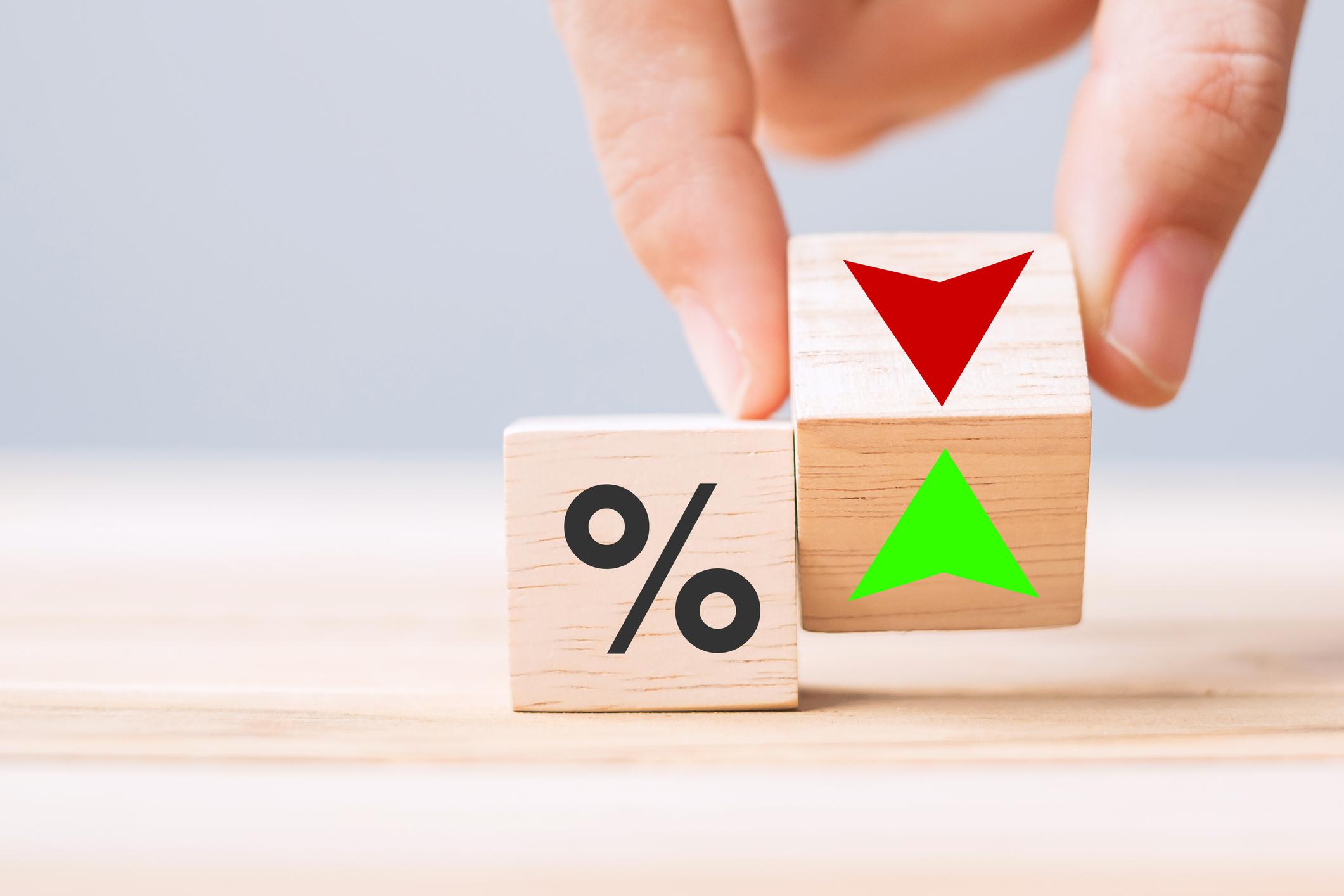Canada’s Prime Rate

In Canada, each lender sets their own Prime rate, although the big five (TD, RBC, CIBC, BMO, and Scotiabank) tend to stick together and maintain the same Prime rate as each other. Right now, Canada’s Prime rate is 2.45% and has been that way since March 2020. This number is what banks and other lenders use to help determine the interest rates of both loans and lines of credit. Credit cards, mortgages, car loans, HELOCs, and more are all susceptible to this ubiquitous percentage.
Prime Rate and Bank of Canada Target Overnight Rate
The Prime rate tends to mirror the Bank of Canada target overnight rate. When the target rate increases, so does the prime. When it goes down – well, you get the point. The reason for this is that lenders are technically borrowing from the Bank of Canada. As the cost of funds goes down, the bank or lender can pass on the savings to their borrowers by decreasing their Prime rate. Likewise, an increase in the cost of funds means an increase in the Prime rate.
Prime Rates in Action
Prime rates directly impact variable rate loans and financial products, so being aware of the current rate can be helpful to potential borrowers. Interest rates are set to the Prime rate plus or minus a delta. The delta is a markup or a discount set by the lender. For example, you may see an interest rate written as “P + 1%”. This means the rate is Prime plus one percent. The delta relies on a number of factors, including the type of financial product and your credit score. High-risk loans, like credit cards, will often have high positive deltas. Secured loans like mortgages may have smaller or even negative deltas.
Variable Mortgage Loans
Homeowners that choose a fixed mortgage will pay the same rate throughout the length of their mortgage term. Those that opt for a variable mortgage will experience fluctuations in their interest rates over time. This is because they are based almost entirely on the Prime rate. As the Prime rate shifts, so too do your payments. This arrangement has the potential to save homeowners thousands of dollars over the amortization of their loan but comes with the caveat that the Prime rate can spike just as well as it drops. Homeowners need to be prepared that their mortgage payments may cost much more or less than they were expecting.
The Prime rate is a useful number for financial institutions and individuals alike. It allows the market to stay competitive while maintaining the integrity of our hard-earned money. If you’re curious about how the Prime rate affects your mortgage products, contact our team at Source Mortgage! We would be happy to help.

